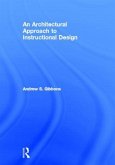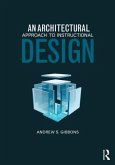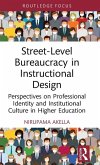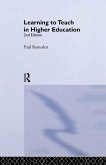
Gebundenes Buch
4. November 2013
Routledge
| Broschiertes Buch | 95,99 € | |
| eBook, ePUB | 63,95 € | |
| eBook, PDF | 63,95 € |

Broschiertes Buch
1st ed. 2021
1. Oktober 2021
Springer / Springer International Publishing / Springer, Berlin
978-3-030-84219-2
| eBook, PDF | 48,95 € |
eBook, PDF
30. Oktober 2013
Taylor & Francis eBooks
eBook, ePUB
30. Oktober 2013
Taylor & Francis eBooks
eBook, PDF
30. September 2021
Springer International Publishing
Ähnliche Artikel

Gebundenes Buch
Improving Classroom Practice
2. Auflage
26. Juni 2015
Routledge

Gebundenes Buch
An Iterative Approach to Designing Learning Experiences
2. Auflage
13. Dezember 2018
Routledge


Gebundenes Buch
3. Auflage
29. Oktober 2014
Routledge

Gebundenes Buch
Theory, Research, and Practice
12. Oktober 2010
Routledge

Gebundenes Buch
A Cornerstone of Teaching and Learning
9. Februar 2016
Routledge

Gebundenes Buch
Perspectives on Professional Identity and Institutional Culture in Higher Education
13. März 2024
Routledge


Gebundenes Buch
The Holistic 4D Model
20. Oktober 2020
Routledge
Ähnlichkeitssuche: Fact®Finder von OMIKRON
